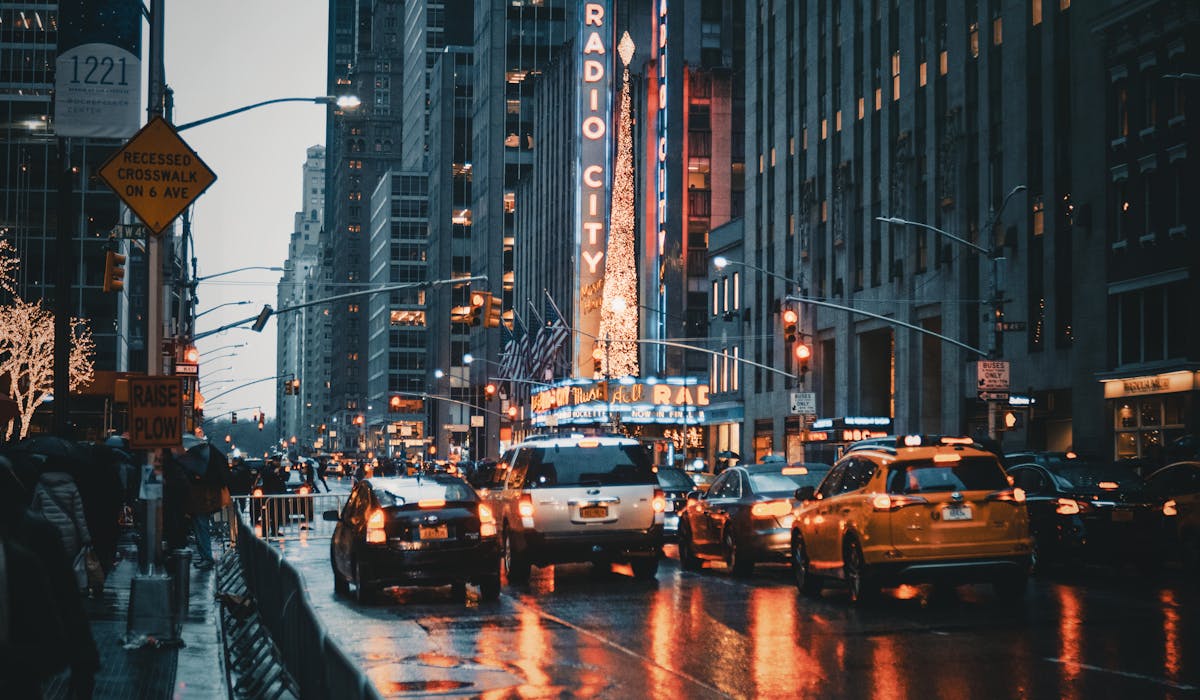Get This Report about Framing Streets
Wiki Article
Framing Streets - Truths
Table of ContentsFraming Streets for BeginnersSome Known Incorrect Statements About Framing Streets Framing Streets Fundamentals ExplainedThe Basic Principles Of Framing Streets The Only Guide for Framing StreetsRumored Buzz on Framing Streets
Photography style "Crufts Pet dog Show 1968" by Tony Ray-Jones Road photography (also sometimes called honest photography) is photography carried out for art or inquiry that includes unmediated chance experiences and arbitrary incidents within public locations, typically with the objective of recording photos at a decisive or emotional moment by careful framework and timing. 
, that was motivated to embark on a similar documentation of New York City. As the city established, Atget assisted to promote Parisian roads as a deserving subject for digital photography.

What Does Framing Streets Do?
Martin is the very first recorded photographer to do so in London with a disguised electronic camera. Mass-Observation was a social study organisation established in 1937 which aimed to tape-record everyday life in Britain and to record the reactions of the 'man-in-the-street' to King Edward VIII's abdication in 1936 to marry divorce Wallis Simpson, and the sequence of George VI. Andre Kertesz.'s commonly appreciated Images la Sauvette (1952) (the English-language edition was entitled The Decisive Minute) advertised the concept of taking an image at what he labelled the "crucial minute"; "when type and material, vision and composition merged into a transcendent whole" - copyright Camera.The Greatest Guide To Framing Streets
, after that a teacher of young kids, linked with Evans in 193839.'s 1958 publication,, was substantial; raw and typically out of emphasis, Frank's pictures questioned traditional digital photography of the time, "tested all the official regulations laid down by Henri Cartier-Bresson and Walker Evans" and useful source "flew in the face of the wholesome pictorialism and heartfelt photojournalism of American publications like LIFE and Time".Report this wiki page